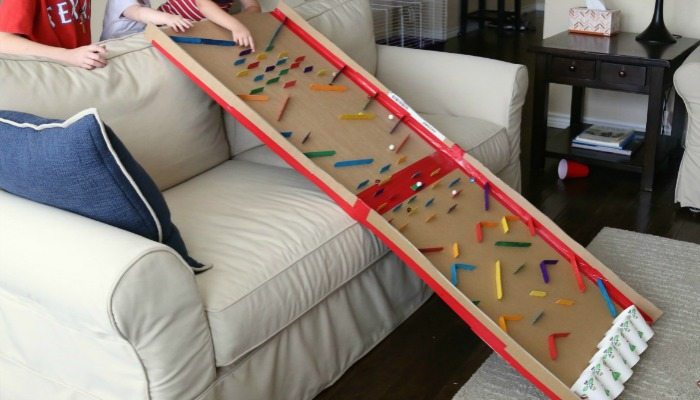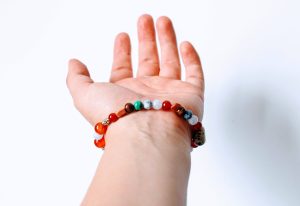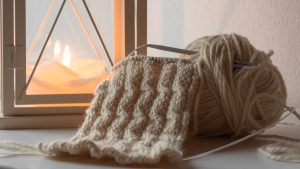Kids always want something new to do! The early years of a child’s life are extremely important. The child is growing and developing, learning new things every day. You can help your child grow and develop to the fullest by keeping him or her busy!
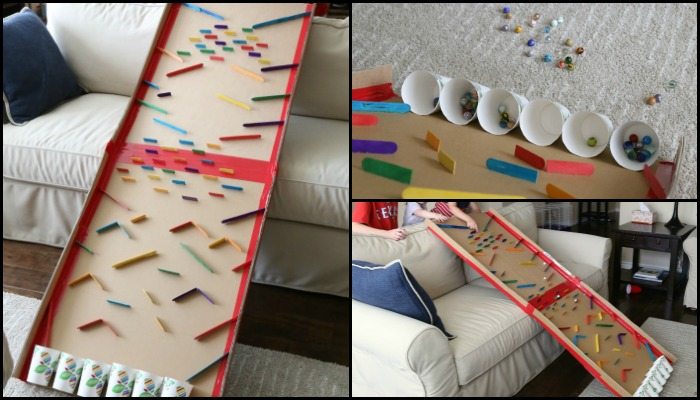
If you’ve got a little one that seems to be bored with his or her “old” toys, then this cardboard project might interest you…

A marble run is a simple yet, fun game that even adults can find entertaining.
It’s simply a long cardboard sheet, with strips of the same material attached to the sides that prevent the marbles from rolling off. Craft sticks were positioned on the cardboard using hot glue. Now to keep the marbles from scattering all over the place, paper cups were glued at the end of the marble run. The rims were cut off first so that the marbles can easily roll into the cups.
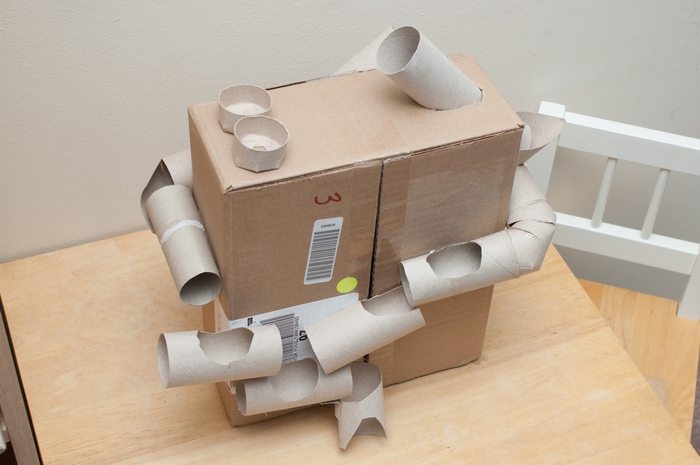
You can let the kids build one themselves, with help/supervision by using the hot glue gun. It’s a great project to involve them in since it can serve as an engineering challenge for them – how they can position the sticks so that it takes the path they want the marbles to go!
Now to make this game even more interesting, add the competition factor! Use solid-coloured marbles so that all participants have the same number of marbles, but with each having his or her own colour designation. Then assign point values to every cup. Participants can then send their marbles down the track. At the end of the game, points will be added depending on where their marbles end up, and the person who gets the highest total wins!
4 best marble run ideas
Check out these other versions of a marble run…
Click on any image to start the lightbox display. Use your Esc key to close the lightbox.![]()
1. Cardboard Tubes with Magnets on Refrigerator
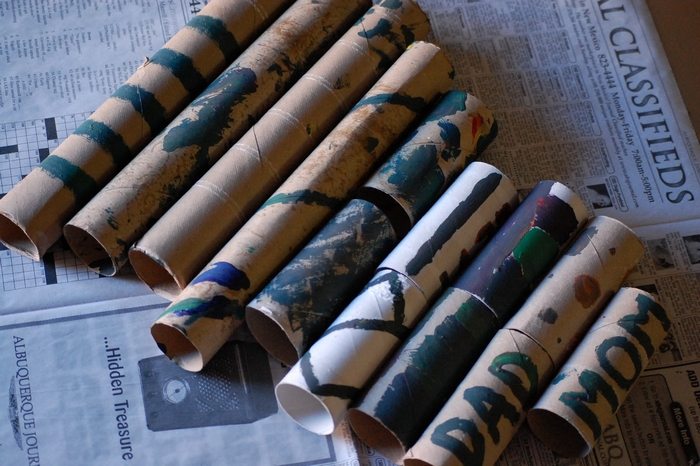
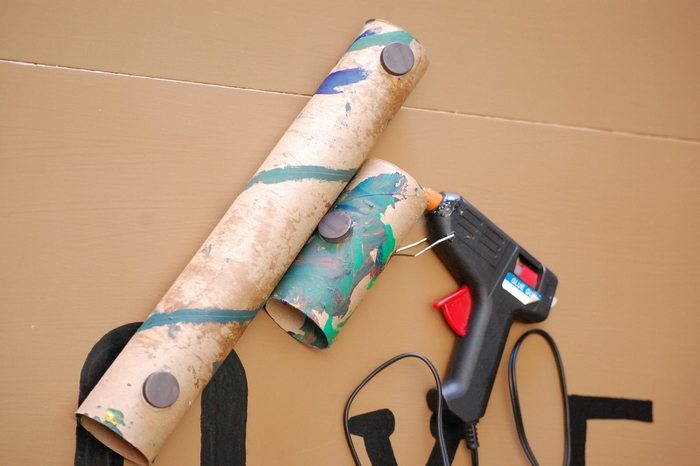
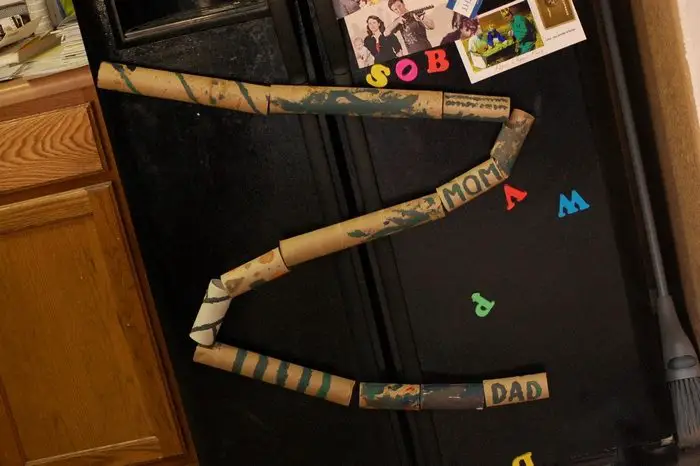
2. Cardboard Tubes and a Box

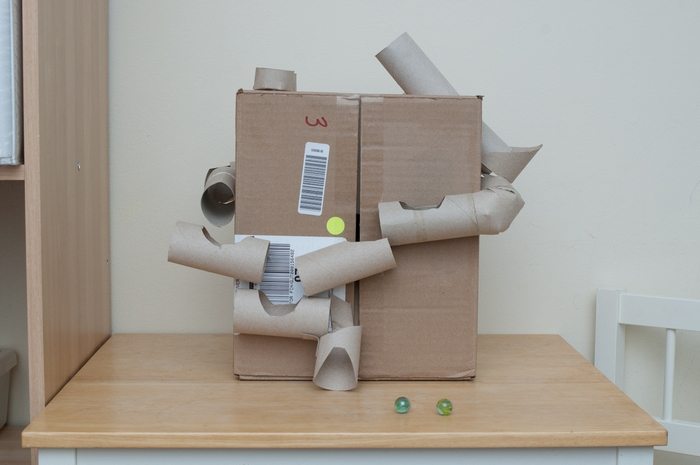
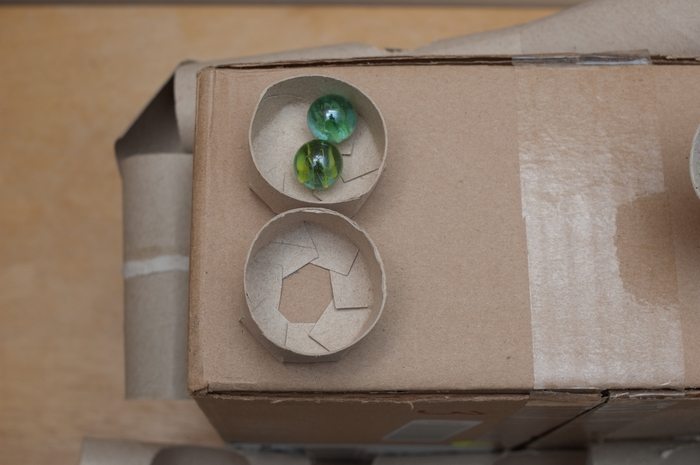
3. Cereal Box Marble Run
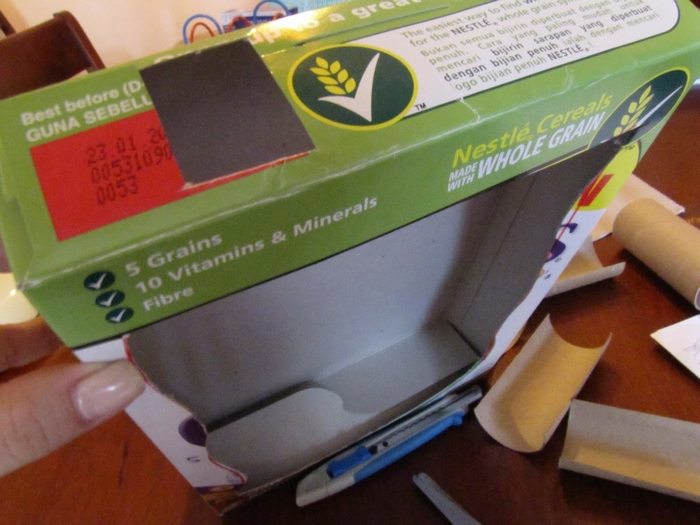
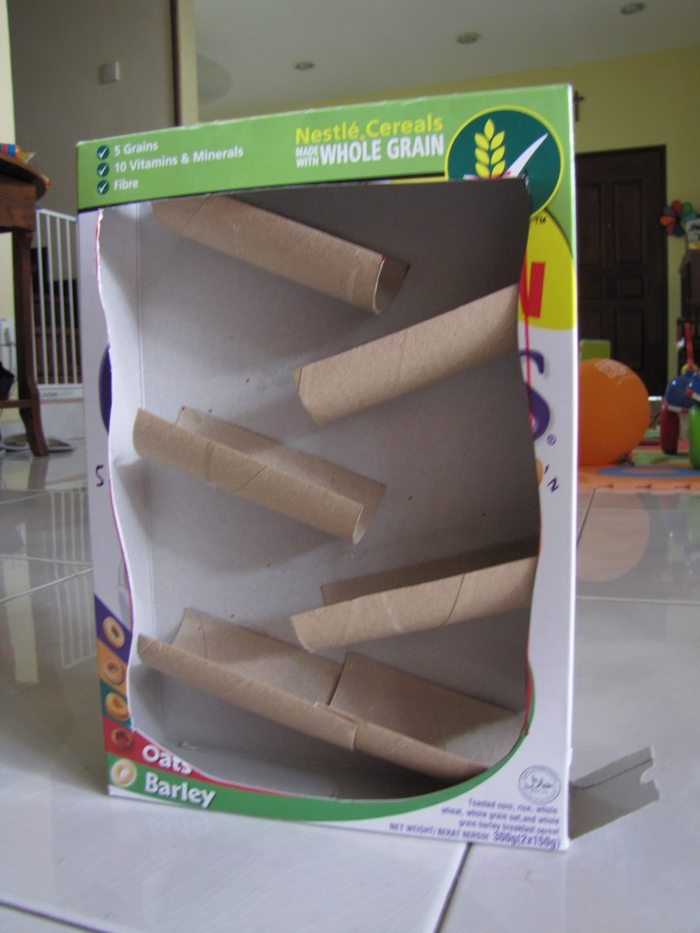
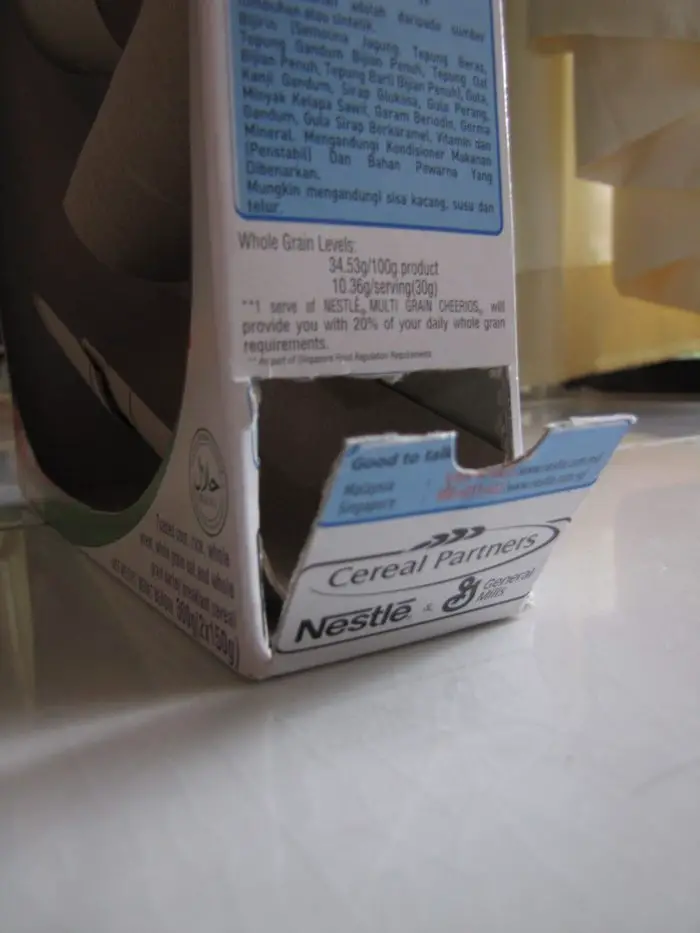
4. Paper Plate Marble Run
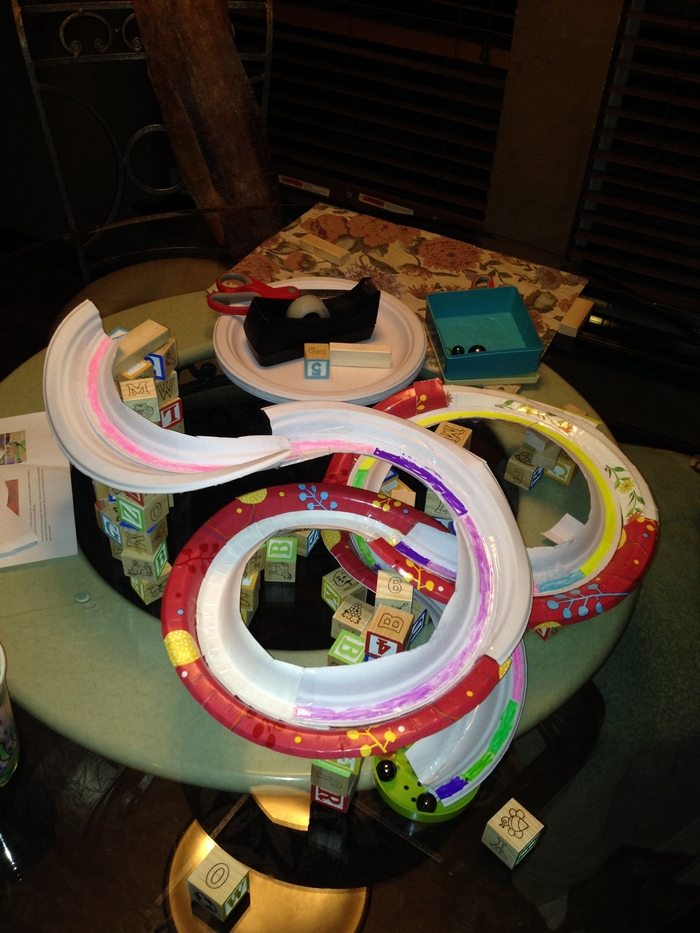
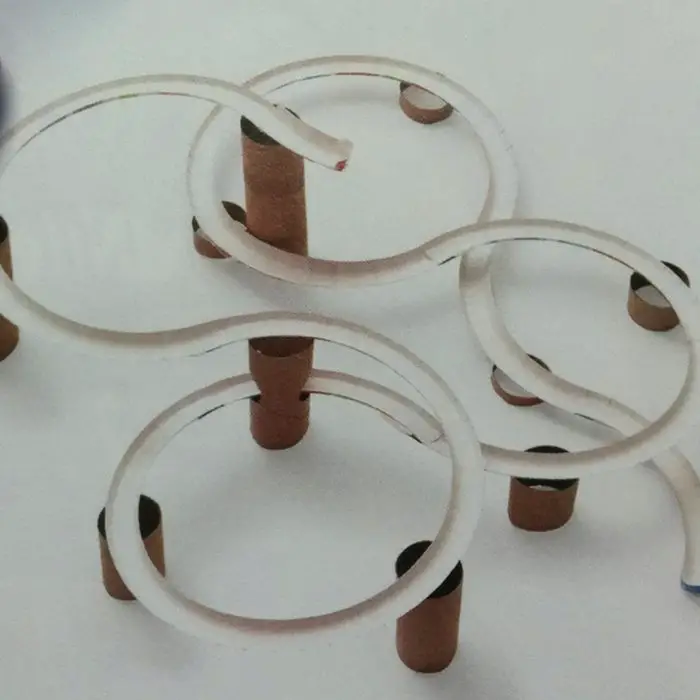
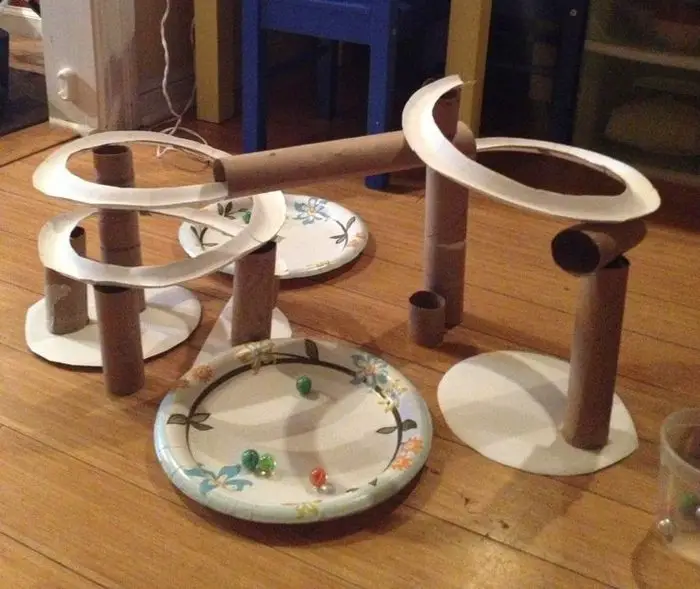
Who says we need to spend on expensive toys to keep the kids entertained? ;)
This is a great activity to do with kids, as it’s both fun and eco-friendly. Plus, it’s a great way to repurpose those old cardboard boxes taking up space in your home. Here’s what you’ll need to get started:
- Cardboard
- Craft Sticks
- Paper Cups
- Duct Tape
- Hot Glue
- Marbles
- Scissors
How to construct a marble run from recycled cardboard
First, you’ll need to gather up some cardboard boxes. You can use any size or shape of a box, just make sure that they are sturdy enough to stand up on their own.
Now that you have all the materials you need, let’s get started! This project is easy and fun. Just follow the steps below and you’ll be finished in no time!
1. Prepare the cardboard
To keep the marbles from rolling off, we taped strips of cardboard to the sides. For the marbles to roll smoothly into the cups, I cut off the rims of the cups before gluing them to the cardboard.
2. Glue the craft sticks
After that, we glued craft sticks to the cardboard with hot glue. To make it like Plink-O, we used two sections of short sticks. It worked perfectly! Although we weren’t sure how much incline we wanted for our marble run, leaning it against the couch worked perfectly.
3. Find the perfect location to play
Look around your house where you can lean your marble run. You can use your sofa or table to have this leaned and there you go! Your kids can now start playing!
Your kids will have hours of fun playing with it. Plus, it’s a great way to encourage their creativity and problem-solving skills. Either way, your kids are sure to have a blast playing with their new toy!
You can get step-by-step instructions from Sarah over at Frugal Fun For Boys and Girls!
If you liked this project, you might also like to view 11 Brilliant Crafts You Can Make With Recycled Cardboard…

